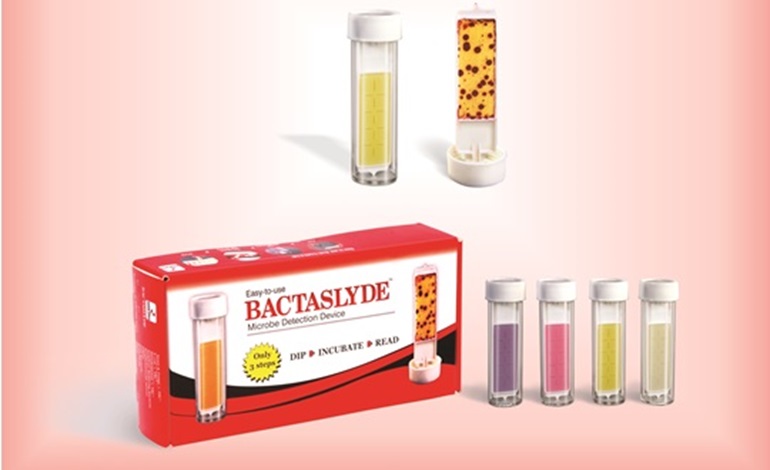Test Bacteria in Cooling Water Systems

Test Bacteria in Cooling Water Systems
Cooling Towers are under constant attack by biological fouling. This leads to corrosion, which in turn affects operational efficiency. Industrial cooling water systems are ideal incubators for promoting the growth and proliferation of microorganisms as the temperature, pH, organic, and inorganic salts, sunlight, and plenty of oxygen in the cooling systems provide a favorable environment. Biological fouling in cooling water systems is caused by Algae, Fungi, and Bacteria.
Sixty to seventy percent of the bacteria living in recirculating cooling water systems belong to two genera of Pseudomonas and Aerobacter. These are mostly aerobic species living in an oxygen environment. The other very dangerous species are the Sulphate sulfate-reducing bacteria (SRB) which are anaerobic. These are generally found in the recesses of the basin of the system, where recirculation is less and the environment is devoid of oxygen. These organisms cause the pitting type of corrosion. The limits generally followed for recirculating cooling waters are – TBC/ml: 105/ml, Pseudomonas: 104/ml, SRB: 103/100ml.
The most practical and efficient method to control microbes in cooling water is through the usage of biocides; both oxidizing and non-oxidizing. But before control, the most important step is the detection of the harmful bacteria, for the following points:
- Estimation of the extent of contamination
- Selection of the right biocide, the optimum dosage, and the required frequency of dosage.
Regular detection helps to achieve optimum use of the biocide and thereby reduce corrosion, improve efficiency, and most important of all, avoid breakdowns. Excess or insufficient usage of the biocide can lead to microorganisms developing resistance towards the biocide, especially the non-oxidizing ones. Detection and estimation, of microorganisms are done by conventional techniques like The Plate Count, Most Probable Number, and the Membrane Filter Technique. All these techniques require a well-equipped laboratory, with trained microbiologists, and are tedious, time-consuming, and expensive. Now you have an alternate to all this BACTASLYDE

 Dr Roshan Ghaswalla
Dr Roshan Ghaswalla